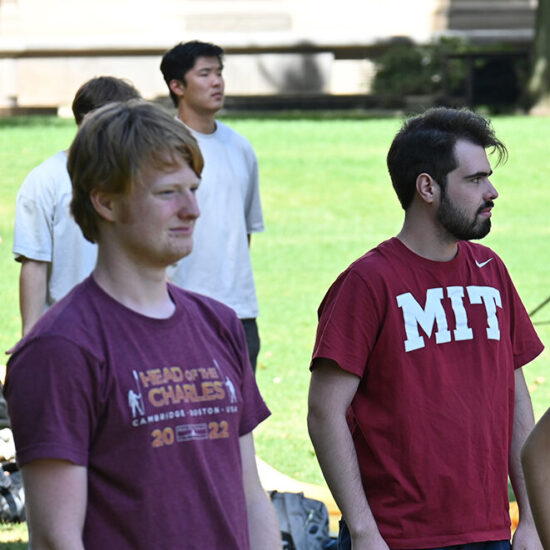DSL Data

A compilation of data pertinent to student life at MIT.
Data is the lifeblood of MIT. We have compiled and will continue to add data pertinent to DSL on this page to make it easier for community members to find now and in the future. These data are also available elsewhere on the DSL website and on other MIT websites. If you have questions or suggestions about the data shared here please email DSL Assessment and Research.
Survey Guidelines & Confidentiality Statement
DSL gathers qualitative and quantitative data in keeping with both the MIT Institutional Research Survey Guidelines and its confidentiality statement, which reads: “This survey is voluntary. You may answer as few or as many questions as you wish. Please be assured that the data are confidential, and the results of any research or analysis using the data will be presented in a way that individual respondents cannot be identified. For the purposes of analysis, we may combine other data with your responses to our surveys.”
DSL Data & Reports
Housing
Undergraduate House Life Survey: A survey of undergraduate students living in MIT residential housing to better understand their experiences and areas for continued improvement.
- 2022 House Life Survey Overall Results (Total Invited = 3,458; Response Rate = 21%; N = 733)
First Year Residential Experience (Post-REX) Survey: A survey of first-year undergraduate students to assess housing assignment and REX processes.
- 2022 Overall Results (Total Invited = 1,114; Response Rate = 17%; N = 189)
- 2021 Overall Results (Total Invited = 1,178; Response Rate = 28%; N = 334)
Wellbeing
2022 National College Health Assessment
(MIT Total Invited = 11,689; Response Rate = 13%; N = 1,479)
Sponsored and distributed by the American College Health Association (ACHA), the National College Health Assessment (NCHA) is a nationally recognized survey designed to assess student health behaviors. Over 30,000 students from 51 colleges and universities, including MIT, participated in the Fall 2022 survey. The overall report for all participating institutions is available on the ACHA-NCHA Survey website. For more information about the survey, please visit the ACHA-NCHA Survey FAQs.
MIT Institutional Research Surveys
MIT Institutional Research administers additional campus-wide student surveys and publishes demographic dashboards. For more information about their office and for summaries of their projects, visit ir.mit.edu.